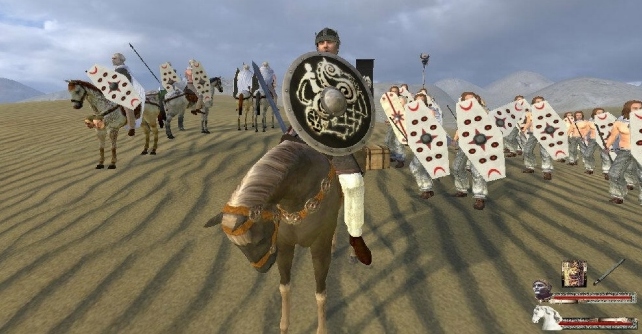

Despite its formidable strength, the legion had a number of deficiencies, especially a lack of cavalry. The mainstay of the Roman republic's war machine was the manipular legion, a heavy infantry unit suitable for close-quarter engagements on more or less any terrain, which was probably adopted sometime during the Samnite Wars (343–290 BC). Historical development Background: Roman Republic (to 30 BC) Įtruscan funerary urn crowned with the sculpture of a woman and a front-panel relief showing two warriors fighting, polychrome terracotta, c. 1.2 Foundation of the auxilia under Augustus (30 BC–14 AD).1.1 Background: Roman Republic (to 30 BC).The regimental names of many auxiliary units persisted into the 4th century, but by then the units in question were different in size, structure, and quality from their predecessors. By the end of the period, there were no significant differences between legionaries and auxiliaries in terms of training, and thus, combat capability.Īuxiliary regiments were often stationed in provinces other than that in which they were originally raised, for reasons of security and to foster the process of Romanisation in the provinces. The Julio-Claudian period (30 BC–68 AD) saw the transformation of the Auxilia from motley levies to a standing corps with standardised structure, equipment and conditions of service.

Reliance on the various contingents of non- Italic troops, especially cavalry, increased when the Roman Republic employed them in increasing numbers to support its legions after 200 BC. In contrast to the legions, which only admitted Roman citizens, members of the Auxilia could be recruited from territories outside of Roman control. The Auxilia were mainly recruited from the peregrini, free provincial subjects who did not hold Roman citizenship and constituted the vast majority of the population in the 1st and 2nd centuries (c. Like their legionary counterparts, auxiliary recruits were mostly volunteers, not conscripts. The auxilia thus represented three-fifths of Rome's regular land forces at that time. By the 2nd century, the Auxilia contained the same number of infantry as the legions and, in addition, provided almost all of the Roman army's cavalry (especially light cavalry and archers) and more specialised troops.

"auxiliaries") were introduced as non-citizen troops attached to the citizen legions by Augustus after his reorganisation of the Imperial Roman army from 30 BC.


 0 kommentar(er)
0 kommentar(er)
